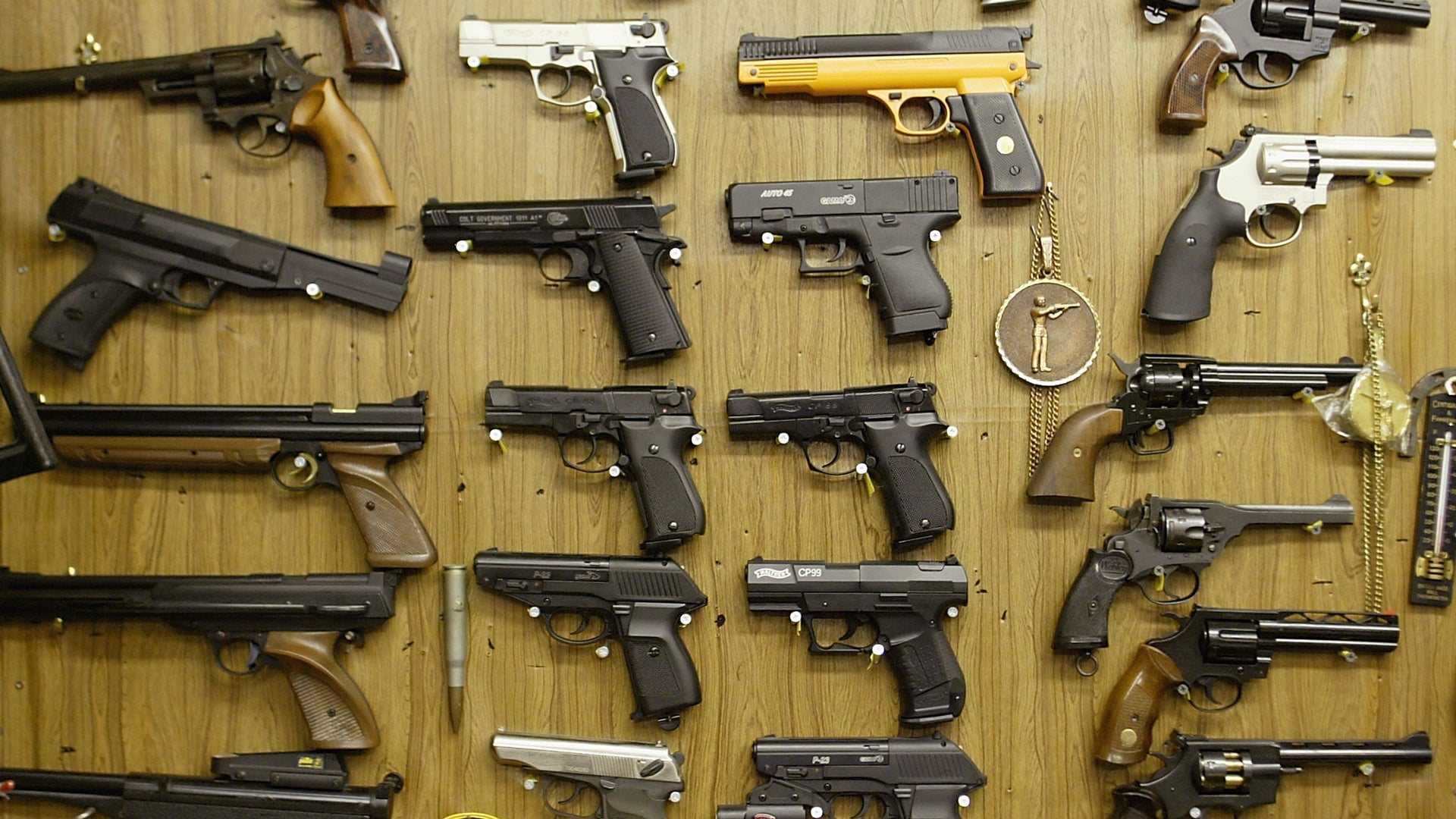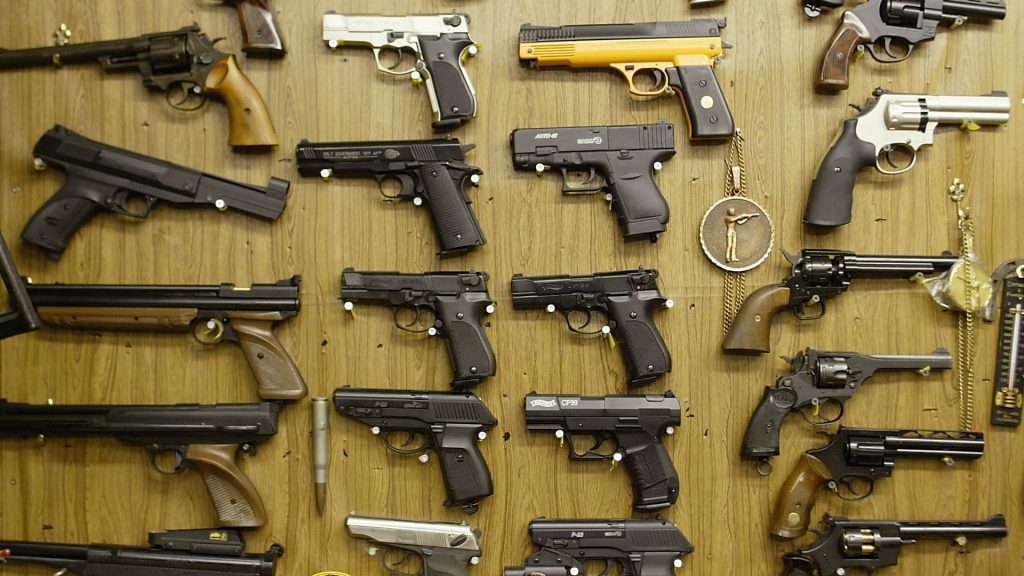Firearms and their Classification
Firearms are weapons that use explosive propellants to launch projectiles, typically bullets, at high speeds. They are designed for various purposes including self-defense, hunting, sporting, and military applications. Firearms are classified based on various criteria such as their action mechanism, caliber, and purpose.
Here’s a general classification based on action mechanism:
- Handguns: Handguns are firearms designed to be held and operated with one hand. They come in two main types:
- Pistols: Pistols are handguns with a single chamber integral to the barrel, and the ammunition is fed typically from a detachable magazine.
- Revolvers: Revolvers have multiple chambers in a revolving cylinder that rotate to bring each successive round into firing position.
- Long guns: Long guns are firearms designed to be fired from the shoulder. They come in several types:
-
- Shotguns: Shotguns are firearms designed to fire a number of small spherical pellets or a solid slug. They are typically used for hunting, sports shooting, and home defense.
- Rifles: Rifles are firearms with rifled barrels, which means the barrel has grooves cut into it to spin the bullet for increased accuracy. Rifles are used for hunting, sporting, and military purposes.
Firearms can also be classified by their action types:
- Single Shot: A firearm that requires manual loading of ammunition for each shot.
- Bolt Action: A firearm where the action must be manually operated to chamber the next round by lifting and pulling a bolt handle.
- Semi-automatic: A firearm that fires one round each time the trigger is pulled, automatically ejects the spent cartridge case, chambers a fresh cartridge from its magazine, and is ready to fire again.
- Automatic/Full Automatic: A firearm that continuously fires rounds as long as the trigger is held down and there is ammunition in the magazine.
There are also subcategories and variations within each of these classifications, and firearm regulations and definitions can vary by country and jurisdiction. It’s important to adhere to local laws and regulations regarding firearms ownership, handling, and use.


